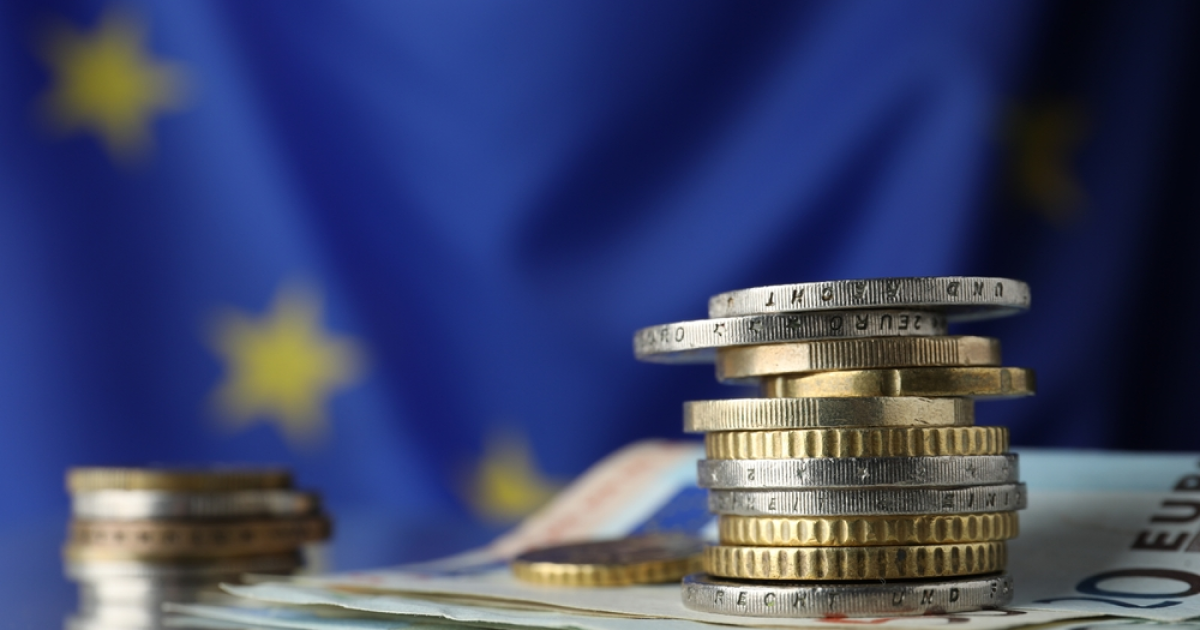
News Global Market EU 1705 01 May 2025
The bloc's economy grew by 1.4% year-on-year
The seasonally adjusted GDP of the European Union in January-March this year increased by 0.3% q/q, according to preliminary data from Eurostat.
The eurozone economy grew by 0.4% in the first quarter compared to the previous quarter.
On an annualized basis, the EU’s GDP grew by 1.4% in the period under review, and the euro area’s by 1.2%.
Among the member states of the bloc for which data are available for the reporting period, Ireland showed the largest growth compared to the previous quarter in January-March (+3.2%). It is followed by Spain and Lithuania (+0.6%). Hungary (-0.2%) was the only country in the EU to record a quarterly decline. Annual growth rates were positive for eleven countries and negative for three.
Germany and Italy’s GDP grew by 0.2% q/q in the first quarter, and France’s by 0.1% q/q.
At the same time, the US economy in the first quarter of 2025, according to preliminary data from the Bureau of Economic Analysis, declined by 0.3% year-on-year. This is the first decline in three years. In particular, economic growth in January-March was slowed by a sharp increase in imports (+41.3% y/y) as US companies tried to import foreign goods before Trump’s massive tariffs were introduced.
According to the updated forecast of the International Monetary Fund, global GDP growth will slow to 2.8% in 2025 and 3% in 2026. The rapid escalation of trade tensions and the extremely high level of political uncertainty are expected to have a significant impact on global economic activity.




